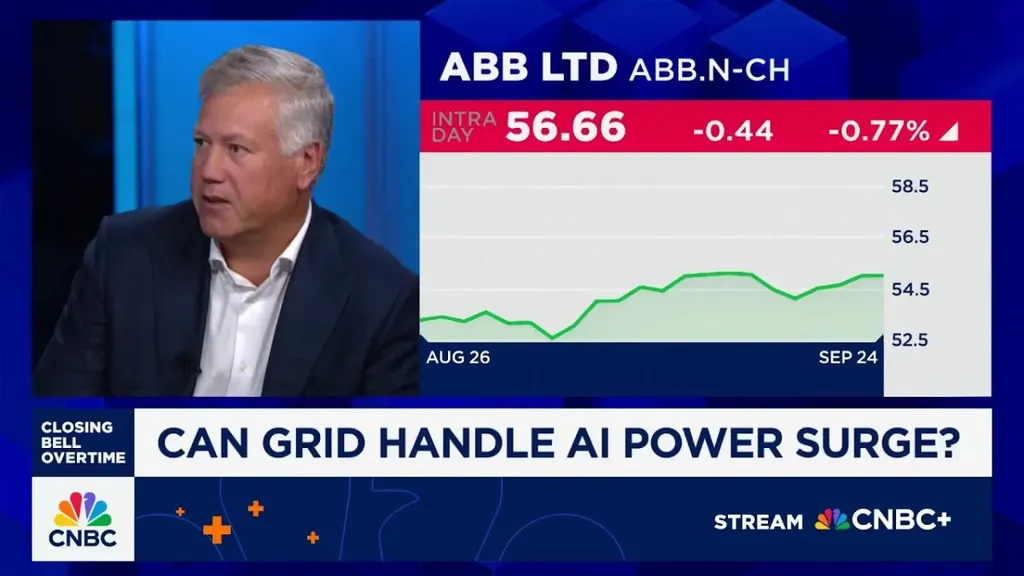The escalating energy demands of artificial intelligence are reshaping the global power landscape, demanding a critical examination of infrastructure, investment, and policy. OpenAI’s $850 billion expansion, requiring energy equivalent to seventeen new nuclear power plants, underscores the magnitude of this challenge. This isn’t just about keeping the lights on; it’s about rethinking how we generate, distribute, and consume energy.
Morten Wierod, CEO of ABB, recently highlighted this urgency in a discussion with CNBC. His insights reveal a stark reality: current energy grids are ill-equipped to sustain the rapid growth of data centers, the backbone of AI. The financial burden of this infrastructural overhaul is substantial, but the alternative—stifling AI’s potential—is unthinkable.
The energy consumption patterns have shifted dramatically. From 2010 to 2020, consumption remained relatively stable. But since then, it’s been spiking upwards, a trend Wierod anticipates will continue for the next decade or more. This isn’t just about volume; it’s about precision. Power is needed at the right time, a feat achievable through advanced automation and balancing mechanisms across diverse energy sources.
The U.S. has emerged as a major focal point for investment, with ABB recently announcing a $110 million investment for new capacity. This reflects a strategic “local for local” approach, mitigating risks posed by trade barriers and supply chain disruptions. However, the question of whether it’s physically possible to erect gigawatt-scale data centers globally within the next five years remains nuanced. While there’s currently free capacity in the grid, it’s not limitless. Wierod’s analogy to highways is apt: during peak hours, traffic inevitably occurs. The reserved capacity in the network will run out, mandating a proactive approach.
The solution is unequivocal: we must build new power plants. A single large data center consumes approximately one gigawatt, comparable to a nuclear power plant. This stark comparison illustrates the sheer scale of new generation capacity required. Consequently, data centers are increasingly being sited in regions with abundant, accessible energy, such as North Dakota in the US or Northern Norway.
The implications for markets are profound. The imperative to expand and modernize the energy grid presents an economic opportunity for companies like ABB. But it’s also a fundamental prerequisite for the continued advancement and deployment of AI. This isn’t just about keeping pace with demand; it’s about shaping the future of energy and technology. The choices made today will echo for decades, influencing not just the AI sector, but the global economy as a whole. The challenge is immense, but so is the opportunity. The question is, are we ready to seize it?

